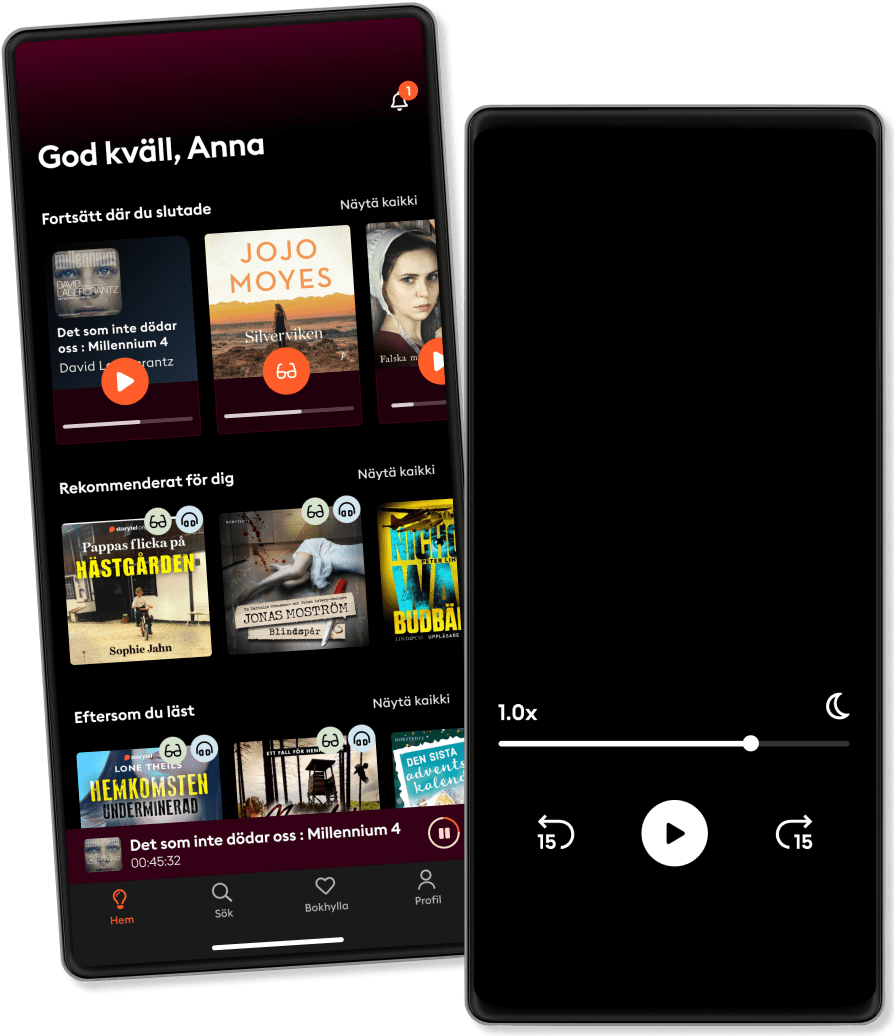להקשיב ולקרוא
היכנסו לעולם אינסופי של סיפורים
- קראו והקשיבו כמה שאתם רוצים
- למעלה ממיליון כותרים
- ספרים בלעדיים + Storytel Originals
- ניתן לבטל מתי שרוצים

Houses and Society in Pompeii and Herculaneum
- על ידי
- מוֹצִיא לָאוֹר
- שפות
- אנגלית
- Format
- קטגוריה
היסטוריה
Few sources reveal the life of the ancient Romans as vividly as do the houses preserved by the eruption of Vesuvius. Wealthy Romans lavished resources on shaping their surroundings to impress their crowds of visitors. The fashions they set were taken up and imitated by ordinary citizens. In this illustrated book, Andrew Wallace-Hadrill explores the rich potential of the houses of Pompeii and Herculaneum to offer new insights into Roman social life. Exposing misconceptions derived from contemporary culture, he shows the close interconnection of spheres we take as discrete: public and private, family and outsiders, work and leisure.
Combining archaeological evidence with Roman texts and comparative material from other cultures, Wallace-Hadrill raises a range of new questions. How did the organization of space and the use of decoration help to structure social encounters between owner and visitor, man and woman, master and slave? What sort of "households" did the inhabitants of the Roman house form? How did the world of work relate to that of entertainment and leisure? How widely did the luxuries of the rich spread among the houses of craftsmen and shopkeepers? Through analysis of the remains of over two hundred houses, Wallace-Hadrill reveals the remarkably dynamic social environment of early imperial Italy, and the vital part that houses came to play in defining what it meant "to live as a Roman."
© 2022 Princeton University Press (ספר דיגיטלי ): 9780691244150
תאריך הוצאה
ספר דיגיטלי : 10 במאי 2022
תגיות
- ארבע ההסכמות דון מיגל רואיס
4.5
- תיק איה נילי אסיא
4.4
- הרגלים אטומיים ג'יימס קליר
4.8
- האיש שאהב את הטלפון שלו יותר מדי יובל אברמוביץ'
4
- Nexus נקסוּס יובל נח הררי
4.4
- הפריצה: להוביל בתחומך: להוביל בתחומך יובל אברמוביץ'
4.4
- משאלה אחת ימינה אשכול נבו
4.7
- כוחו של הרגע הזה אקהרט טול
4.7
- לשרוף את הספינות מתן ניסטור
4.6
- מועדון ה-5 בבוקר רובין שארמה
4.3
- חוק 5 השניות מל רובינס
4.3
- שלוש קומות אשכול נבו
4.7
- הרפתקאות דוד אריה בערבות רומניה ינץ לוי
4.5
- סדר את המיטה שלך אדמירל ויליאם ה. מקרייבן
4.5
- הרפתקאות דוד אריה בג'ונגל הסיבירי ינץ לוי
4.8
איזה מינוי מתאים לך?
מאות אלפי ספרים
מצב ילדים (תוכן שמתאים לקטנטנים)
הורדת ספרים לקריאה והאזנה בלי אינטרנט
אפשר לבטל בכל עת
Unlimited
האזנה וקריאה בלי הגבלה.
חשבון 1
גישה בלתי מוגבלת
האזנה וקריאה בלי הגבלה
קריאה והאזנה גם בלי אינטרנט
אפשר לבטל בכל עת
Family
גלו ספרים לכל המשפחה. היכנסו יחד לתוך עולם של סיפורים.
2 חשבונות
גישה בלתי מוגבלת
שני חשבונות
האזנה וקריאה בלי הגבלה
אפשר לבטל בכל עת
עִברִית
ישראל